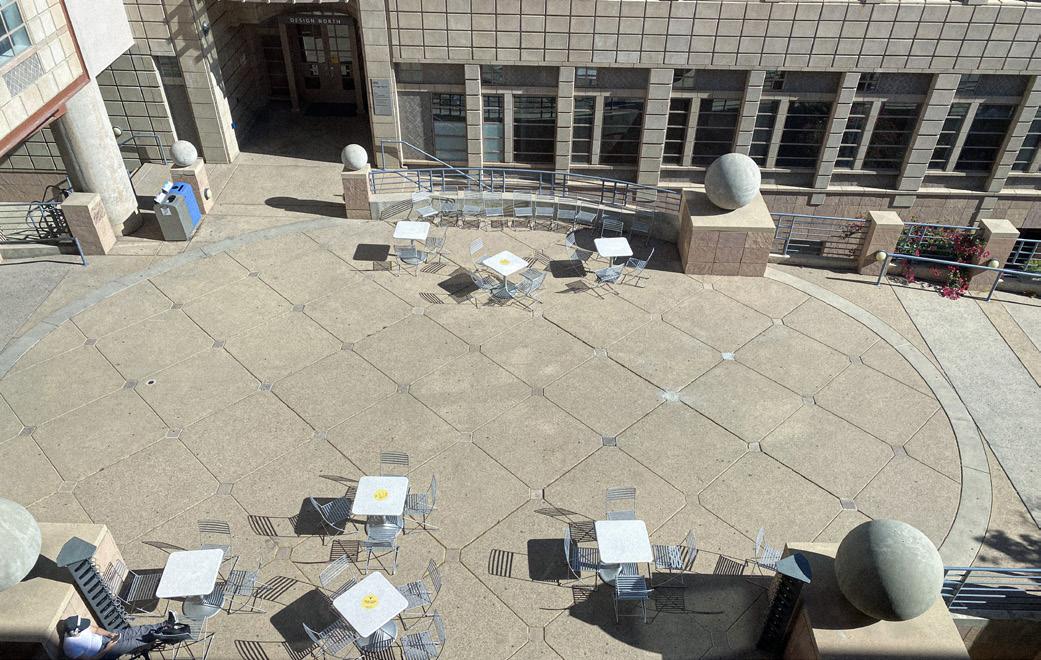
3 minute read
Time to Connect Marc Neveu
Marc Neveu
Time to Connect
Umberto Eco, building on the work of Paul Ricoeur, named three variations of time found in fiction: story time, discourse time, and reading time. Story time is the amount of time that takes place in a story. Jules Verne’s Around the World in Eighty Days, for example, takes eighty days of story time (actually eighty-one for Phileas Fogg as he travelled eastward). This can also be referred to as the plot. Discourse time, also known as narrative time, is the time needed to tell the story of those eighty days in the balloon. Reading time is simply how long it takes one to read the text. Dialogue may align discourse and reading times, but the three times are rarely synchronized. This lack of correspondence implies that the author may indeed employ various temporal tactics that serve to make the act of writing and reading more than the simple transmission and reception of events. Each of the times may be paced differently and for various effects. Foreshadowing plays with discourse time and reading time by giving the reader a hint of what they will soon read. Story time may take less than discourse time and, in effect, stretch out our experience of time. Remember Proust’s madeleine. The relation between story time and discourse time often affects our reading time. Description, tone, number of words, and pacing can affect this. Reading the machine-gun-like staccato of a hardboiled novel by Mickey Spillane has a different pace than, for example, the dull droning on of a Don DeLillo novel. An author may offer an abundance of detail or a mass of particulars that are less a representational device than a strategy for slowing down or speeding up the reader. Eco refers to this as hallucinatory time and the work of Robbe-Grillet may be seen as an example. He also mentions circumnavigational time in which the author adjusts points of view in both time and space. Here, time can be varied through detail, complexity of reference, or a variety of paths. The work of Calvino and Borges offers such an approach. Typically, an author employs a combination of these strategies.
Over the past fourteen months, all of the times have been affected, but some more than others. It would be easy to describe the past year plus as hallucinatory time, but I think it is more complex. It has been exactly four-hundred days since we went to remote teaching. Each day has been separated by exactly twenty-four hours. The sun has set each day, and rose again the next. Our story time has not been affected. Discourse and reading time, however, have been. Many of my days are now organized around 30- and 60-minute zoom meetings and with a select group of people. I am often alone in my office. I rarely interact with anyone other than my family in any unstructured way. Prior to the pandemic, I would see people in the hall, get a cup of coffee, go to lunch, linger after a meeting with a colleague or student. These unplanned encounters affect how we understand the discourse and reading time of our lives. I would go so far as to say, these sorts of serendipitous meetings make the story of our lives all the more rich.
I am by nature an extreme introvert. I am content to work alone and it is a struggle to be too social. Still, what this past year has taught me is the importance of connecting with others outside of a scheduled call. I am hopeful that when we are on campus again in the fall, these unintentional meetings will again resume. It is time to connect.










